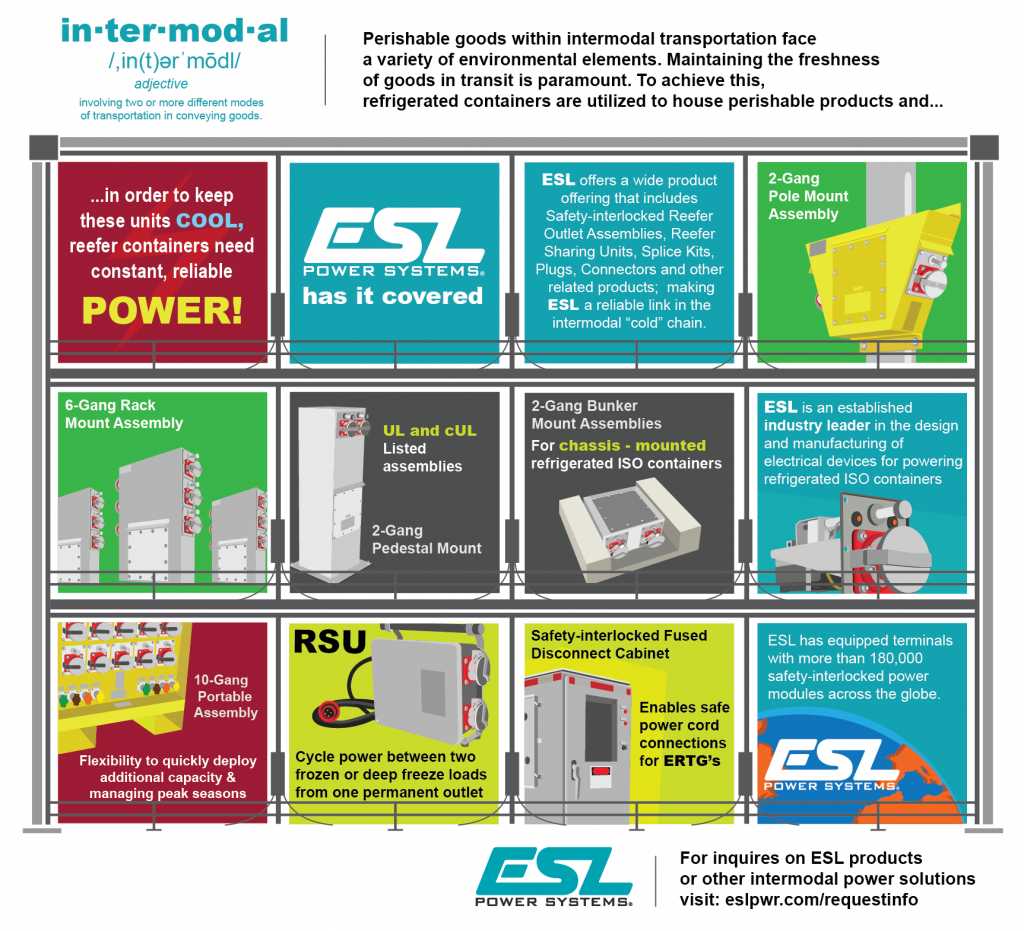
Company Switches – Questions to Ask…
When making specifying and purchasing decisions regarding electrical equipment for entertainment venues there are many factors to consider. When challenged with choosing between company switches and standard disconnect switches, the top of the priority list should always be safety. While disconnect switches may often be the more affordable option, the value added into a company switch becomes apparent once all factors are considered.
What is a Company Switch?
A company switch is a power tap box that portable lighting, sound, automation, motors, and power distribution boxes can be plugged into. Often located backstage or in hidden areas of theaters and arenas, standard company switches are rated 100 – 400 amps. Company switches usually consist of a main circuit breaker and connection chamber; a common configuration is 208/120VAC 3-Phase 5 Wire. Equipment connections in the U.S. are typically made via female cam-style connectors. Color-coding for 208/120 is most often Red-Phase A, Black-Phase B, Blue-Phase C, White-Neutral, Green-Ground. However, additional options and configurations are available per customer requirements.
What Should I Consider When Selecting a Company Switch?
Safety
Safety is the primary concern in any production, especially when dealing with live power. A safety-interlock preventing access to live connections is critical. The door of a company switch should be safety-interlocked to only allow access to the connection chamber. Access to the deadfront-protected circuit breaker compartment should only be permitted after the main circuit breaker is physically turned to the off position. Further safety recommendations include indicator lights that show when power is being fed to the unit and also when upstream power has been cut to the unit, signaling that it is safe to perform maintenance or repairs.
Verifying that the assembly has passed a series of performance and safety tests and is specifically designed for the intended application is critical. Company switches that are third party certified undergo rigorous tests to ensure the safety of the units. Underwriters Laboratories (UL) is a widely recognized, independent safety and certification organization. In order to receive UL certification, company switches must pass temperature, short circuit and environmental tests. The use of Company Switches that are not UL Listed can result in less than desirable performance, but more importantly, might be unsafe.
Security
In order to restrict operation to authorized personnel, Company Switch assemblies should be equipped with a padlockable main access door allowing access to the connection chamber only. It is also beneficial for the interlocked circuit breaker handle to be padlockable so the circuit breaker can be locked in the off position, thereby preventing unauthorized use.
Aesthetics
Since Company Switches are typically installed close to the stage for accessibility, it is important to ensure the unit remains hidden from the concert-goers’ view. Some Company Switch manufacturers provide options such as a wrinkle black finish and other custom colors to match the surroundings. Enclosures can also be furnished with a flush front and recessed circuit breaker handle, or a surface mount design that can be positioned unobtrusively in the background and prevent anything from catching on the handle.
Customization
Various facilities may have power requirements that cannot be met with an off-the-shelf solution. This is often true with large scale venues that have tailored designs to suit particular needs, such as:
• Flush Mount/In Wall Design
• Custom Finishes and Colors
• 100% Rated Breakers
• Bare Wire connectors behind interlocked doors
• Isolated Ground
• Dual Neutrals
• Reverse connectors (Male for N+G) to ensure that phase connections cannot be mistakenly connected to the neutral or ground
• Posi-Lok or Pin & Sleeve connectors
• Auxiliary GFCI power outlets
• Meters & Indicator Lights
• Custom Modular Units for larger power needs
Download Company Switch Specifications for Engineers here.
As a manufacturer of safety-interlocked power distribution equipment since 1991, ESL specializes in engineering safe solutions for custom Company Switches. ESL has had the opportunity to provide standard and custom Company Switch assemblies to venues such as Madison Square Garden, Rose Bowl, UCLA Pauley Pavilion, L.A. Live, Los Angeles Stadium, Las Vegas Stadium, and Kannapolis Ballpark to name a few. Visit www.showswitch.com to learn more about ESL’s Company Switch product line.



